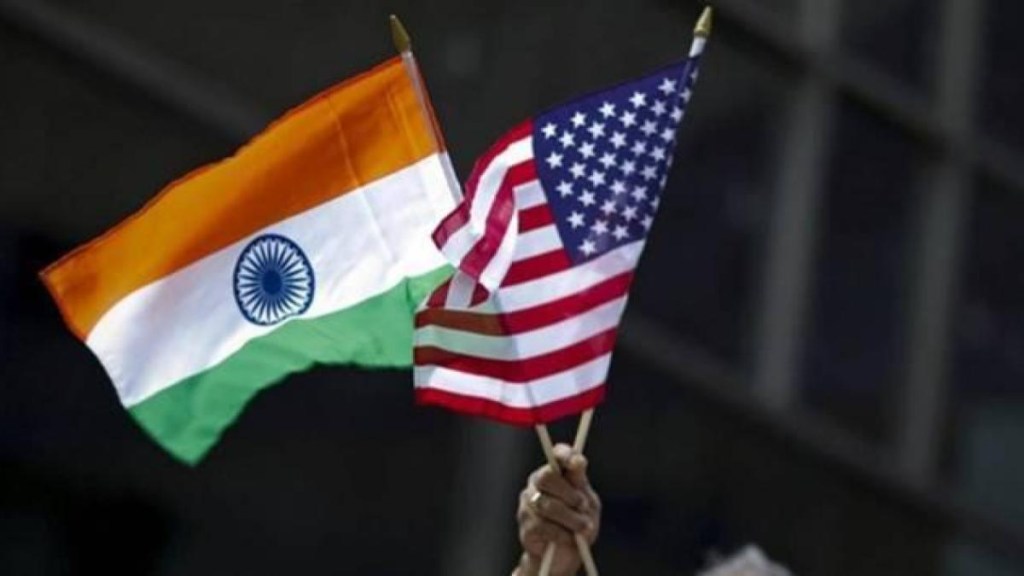India and the United States have taken significant steps to deepen their defence relationship by signing two critical agreements: the Security of Supplies Arrangement (SOSA) and a Memorandum of Understanding (MoU) on the Assignment of Liaison Officers. These agreements are designed to enhance cooperation between the defence industries of the two countries, further solidifying their strategic partnership.
Understanding the Security of Supplies Arrangement (SOSA)
The Security of Supplies Arrangement (SOSA) is a pivotal agreement that the United States has signed with 18 other nations, including several non-NATO allies. This arrangement allows both the U.S. and its partners to request priority support for defence-related goods and services, ensuring that each country can maintain the necessary supply chain resilience in times of need. For India, this means that U.S. defence contractors can request expedited delivery of goods produced in India, and vice versa.
While SOSA is not legally binding, it operates on the principle of goodwill between the two nations. Indian companies participating in SOSA will agree to make every reasonable effort to prioritize U.S. defence orders, enhancing their reliability as suppliers in the global defence market. The United States, in turn, will provide assurances under its Defence Priorities and Allocations System (DPAS), managed by the Department of Defence (DoD) and the Department of Commerce (DOC).
SOSA also establishes mechanisms to address supply chain disruptions proactively, including the formation of working groups, communication channels, and streamlined processes within the DoD. These measures are crucial in ensuring that both countries can maintain their defence capabilities during peacetime, emergencies, and armed conflicts.
The Role of Indian Companies in SOSA
For Indian defence firms, SOSA presents an opportunity to expand their footprint in the global defence market. By participating in the government-industry code of conduct associated with SOSA, Indian companies can enhance their credibility and reliability as defence suppliers. Although participation in this code is voluntary, it serves as a testament to a company’s commitment to supporting U.S. defence needs.
This arrangement is particularly beneficial for Indian firms looking to increase their exports to the United States, which has already emerged as a significant importer of Indian-made defence subsystems. SOSA could pave the way for further collaboration and joint ventures between Indian and U.S. defence contractors, contributing to India’s goal of becoming a global defence manufacturing hub.
Preparing for the Reciprocal Defence Procurement Agreement (RDP)
While SOSA lays the groundwork for closer industry cooperation, the next critical step in the Indo-US defence relationship is the signing of the Reciprocal Defence Procurement (RDP) Agreement. Unlike SOSA, the RDP is legally binding and will require both countries to prioritize defence orders from each other’s companies. This agreement is expected to open up larger-scale joint production and sourcing opportunities, significantly boosting bilateral defence trade.
The United States has already signed RDP agreements with 28 other countries, facilitating the rationalization, standardization, and interoperability of conventional defence equipment among its allies and partners. The RDP agreement with India would enable American companies to bypass certain domestic procurement restrictions, similar to India’s “Make in India” initiative, allowing them to set up manufacturing bases in India and collaborate more closely with Indian firms.
Comparative Analysis: SOSA vs. RDP
While both SOSA and RDP are aimed at strengthening defence ties between India and the United States, they serve different purposes. SOSA is more about ensuring the smooth functioning of the defence supply chain during crises, allowing for priority deliveries without being legally binding. It sets the stage for increased trust and cooperation between defence industries.
On the other hand, RDP is a more formal and legally binding agreement that mandates prioritization of defence orders, paving the way for more extensive joint production and technological collaboration. RDP’s legal framework would likely bring about more significant investment and industrial cooperation between the two countries, compared to the more goodwill-based SOSA.
In conclusion, the signing of SOSA marks a significant step in Indo-US defence relations, providing a foundation for future agreements like the RDP. These developments not only enhance the defence capabilities of both nations but also strengthen their strategic partnership in the face of evolving global security challenges. As India and the US continue to align their defence policies and industries, the potential for deeper collaboration and mutual benefit grows, positioning both countries as key players in maintaining global security.

